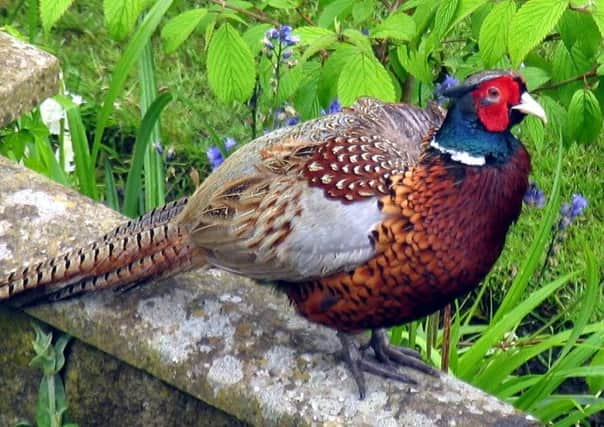Pheasant plucked out as chief suspect in water crisis


The humble pheasant is top of the suspect list for sparking the cryptosporidium contamination which has blighted parts of the county for the past month and run up a compensation bill of more than £20m.
Both United Utilities and the Drinking Water Inspectorate are refusing to confirm the culprit was a dead pheasant in a pipe at or near the Franklaw Water Treatment plant near Garstang.
Advertisement
Hide AdAdvertisement
Hide AdBut the bird, normally hunted in organised shoots from October 1 to February 1, is unofficially being blamed by water workers in the area.
“It was a pheasant, just one pheasant,” one told the Evening Post. “And it caused all this trouble.”
More than 300,000 homes and businesses were hit when traces of the crypto parasite were detected in the water from Franklaw on August 6. Around 226,000 have now been given the all-clear - the latest 9,000 coming yesterday in the Chorley area - but 74,000 are still waiting more than a month on.
The DWI, who have been carrying out a “criminal investigation” into the contamination since Day One, are reluctant to talk about possible causes until their work is finished.
Advertisement
Hide AdAdvertisement
Hide Ad“Our investigation is ongoing,” said a spokesman. “We cannot comment at this stage about what is going on, that is not something we would do. But when we have completed it the results will be made public.”
When asked if the culprit had been identified as a pheasant, the spokesman added: “That is not something we will be drawn on.”
United Utilities had a similar response to the pheasant question. “We do understand there is much speculation as to the cause.
“Unfortunately we can’t answer any questions relating to this until the full investigation currently being carried out is complete.”
Advertisement
Hide AdAdvertisement
Hide AdAn animal source has been suspected since the first bugs were found in the water.
Scientists have been testing to identify which type of cryptosporidium was to blame and thus which kind of animal host it came from. Sheep and rabbits have also been suspected.